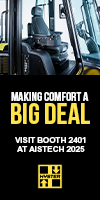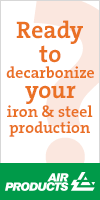ThyssenKrupp Steel Europe to Modernize Blast Furnace 9 in Duisburg
01/11/2012 - ThyssenKrupp Steel Europe has shut down its Blast Furnace 9 in Duisburg-Hamborn for a period of 180 days for replacement of the refractory lining and parts of the cooling system.
ThyssenKrupp Steel Europe shut down this week its Blast Furnace 9 in Duisburg-Hamborn for a period of 180 days for replacement of the refractory lining and parts of the cooling system. The company said the revamp, which represents an investment of some 37 million euros, will help to improve the site’s competitiveness and sustainability.
Originally planned for 2014, the company is bringing the revamp forward to the end of May in order to take make use of the less robust period in the market driven by weaker demand for flat steel products. The company noted that if orders recover following the end of the inventory cycle, short-term supply shortages can be covered from stock.
Originally built in 1962, Blast Furnace 9 was completely revamped and enlarged in 1987, and has since produced around 40 million tonnes of hot metal. The furnace, which has an annual capacity of 1.7 million tonnes, would have been due for a complete reline in two years at the latest, as its current campaign was close to the end.
To prepare for the repair work, the furnace was blown down in the night of January 8, 2012, with raw material charging gradually reduced until hot metal production came to a stop; the air supply was also sharply reduced and eventually also cut off. Once the remaining hot metal has been tapped, the old refractory lining will be removed, and work on relining the blast furnace and replacing parts of the cooling system can begin. Roughly 2,400 tonnes of refractory material is needed for the new lining – 1,900 tonnes for the hearth and 500 tonnes for the shaft area. The blast furnace will be fired up again at the end of May once the revamp has been completed.
“The temporary shutdown of Furnace 9 will have no negative impact on employment in the hot metal operations,” emphasized Dr. Michael Peters, head of hot metal production at ThyssenKrupp Steel Europe. “On the contrary, we have requested all blast furnace employees not to take leave during the relining phase if possible to ensure the complex work can be carried out smoothly – for this we literally need every man we have.”
ThyssenKrupp Steel Europe’s Hamborn blast furnace operations, which includes Furnaces 8 and 9, produce roughly 3.7 million tonnes of hot metal per year. During the shutdown of Blast Furnace 9, ThyssenKrupp Steel Europe’s other three blast furnaces – Furnaces 1 and 2 in Schwelgern, which have more than double the capacity, as well as Hamborn’s Furnace 8 – will run at full capacity to ensure optimum hot end operations.
The company is also planning a second phase for the reline project, in which a modern dust extraction system with a fabric filter will be fitted at a later date – initially during ongoing operations – to help further reduce dust emissions. After that, the company also plans to modernize the casthouse and install a new inclined elevator. In addition, Blast Furnace 9 will then be given an attractive color cladding so as to match its twin, Blast Furnace 8, which was built a few years ago and stared production in December 2007. Following relining, both Hamborn blast furnaces will operate to the highest technical and environmental standards.


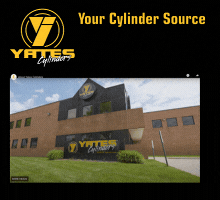
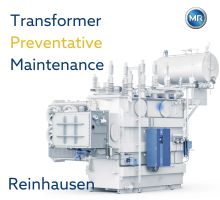-(220-x-200-px)-(130-x-130-px)-(220-x-200-px).jpg?lang=en-US&ext=.jpg)
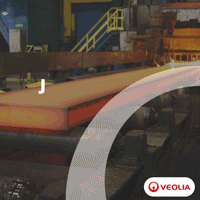Veolia.gif?width=200&height=200&mediaprotectionhash=4deca34a0d5a00013b5a0ccdc2dcf98fd2c17aabb57eb7bbb27200552f29c247&ext=.gif)

